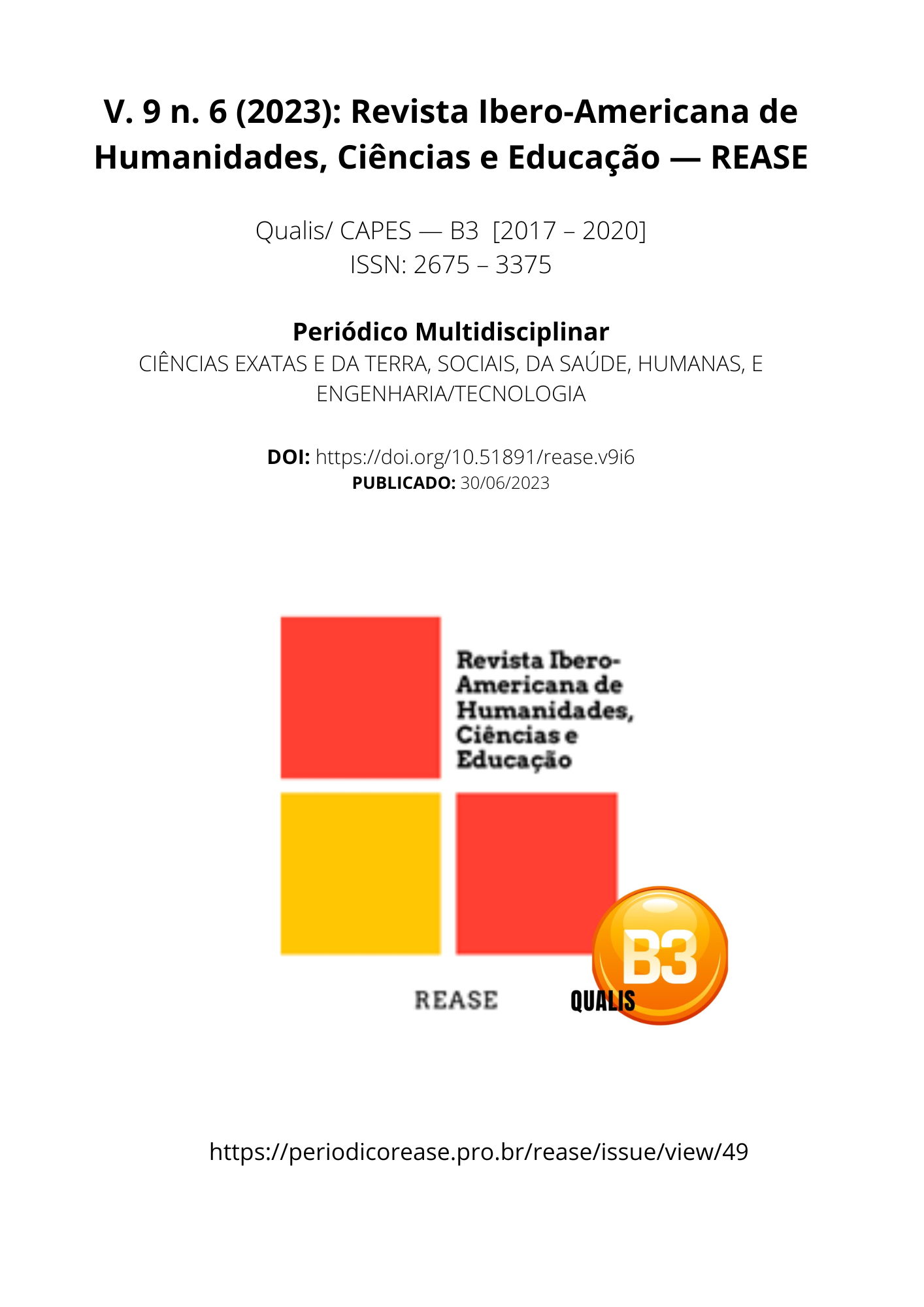COMPARATIVE STUDY BETWEEN METALLIC SHORING OF WOOD IN CIVIL CONSTRUCTION, A LITERATURE REVIEW
DOI:
https://doi.org/10.51891/rease.v9i6.10568Keywords:
Metallic shoring. Wooden shoring. Civil construction.Abstract
The scaffolding constitutes one of the most essential parts in the area of civil construction, its relevance stands out in structural components such as slabs and beams, where, in this way, they achieve guaranteed safety. The main objective of this article is to develop an analysis regarding the use of metallic and wooden shoring in civil construction through a literature review in a theoretical framework on the subject. As a product, it presents the advantages and disadvantages in relation to metallic and wooden shoring, since metallic structures allow engineers, architects and builders greater freedom of creation and efficient solutions for the construction of bold, modern and innovative constructions, and wood as a shoring material has unique characteristics that contribute significantly to reducing the pressure placed on other renewable materials.
Downloads
Downloads
Published
How to Cite
Issue
Section
Categories
License
Atribuição CC BY

